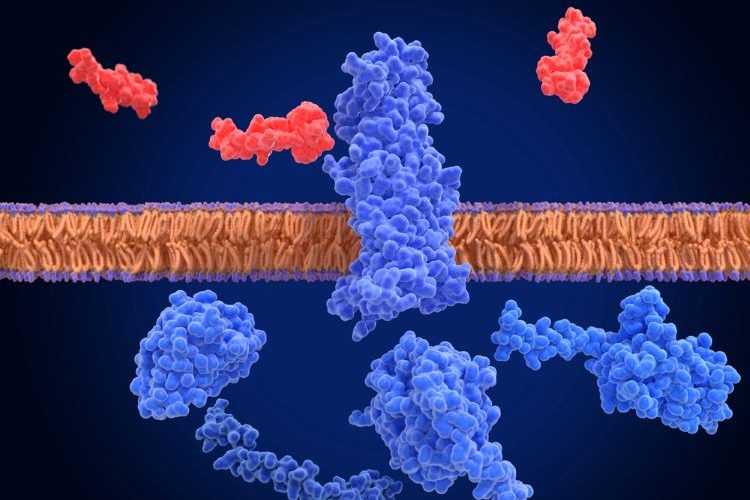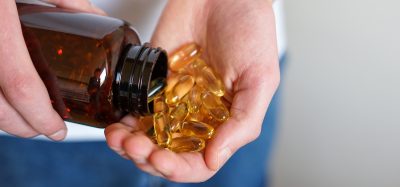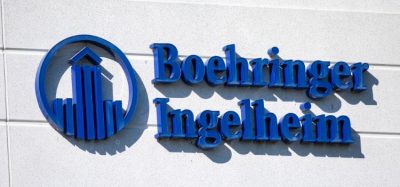Innovative small molecule shows promise in obesity
The GLP-1 receptor agonist demonstrated good safety and tolerability in both healthy and overweight/obese adult participants, the Phase I study found.
An innovative oral small molecule GLP-1 receptor agonist enabled patients to obtain an average weight loss of 4.9 percent to 6.8 percent (least squares means) from baseline by day 28, in a Phase I trial. This was based on individuals who received the treatment in the target dose range.
HUADONG MEDICINE, via its subsidiary Hangzhou Zhongmei HuaDong Pharmaceutical CO. LTD (Zhongmei HuaDong), investigated HDM1002 in 79 adult participants in China.
According to the trial data, the dose range of 10mg to 600mg for HDM1002 offered good safety and tolerability.
Key findings from the GLP-1 receptor agonist study
patients [obtained] an average weight loss of 4.9 percent to 6.8 percent (least squares means) from baseline by day 28, in the Phase I trial”
Notably, in the Phase Ia clinical study, postprandial blood glucose levels reduced “significantly” in healthy subjects after a single dose of HDM1002 compared to the placebo. The researchers reported that high-fat meals did not impact the pharmacokinetics of the small molecule therapy HDM1002.
The Phase Ib clinical trial evaluated the GLP-1 receptor antagonist in 60 overweight and obese adult subjects. Twenty-eight days of continuous dosing within the dose range of 50-400mg revealed that HDM1002 had “good” safety and tolerability. Participants who received 100mg or higher experienced “significantly” better weight loss compared to placebo group, Zhongmei confirmed. As such the treatment boasted a dose-dependent effect.
To compare, Zhongmei stated that preclinical findings have demonstrated that HDM1002 can “potently activate the GLP-1 receptor, induce the production of cAMP, and exhibit strong effects in improving glucose tolerance, reducing blood sugar, promoting weight loss, and provide a good safety [profile]”.
HUADONG MEDICINE, completed participant enrolment for the Phase II trial in China in May 2024, the company noted.
Advancing small molecule drug development
A report published last month explained that an increase in cases of chronic diseases worldwide will “propel” growth of the small-molecule injectable drug market between 2024 and 2033.
Related diseases & conditions
obesity










